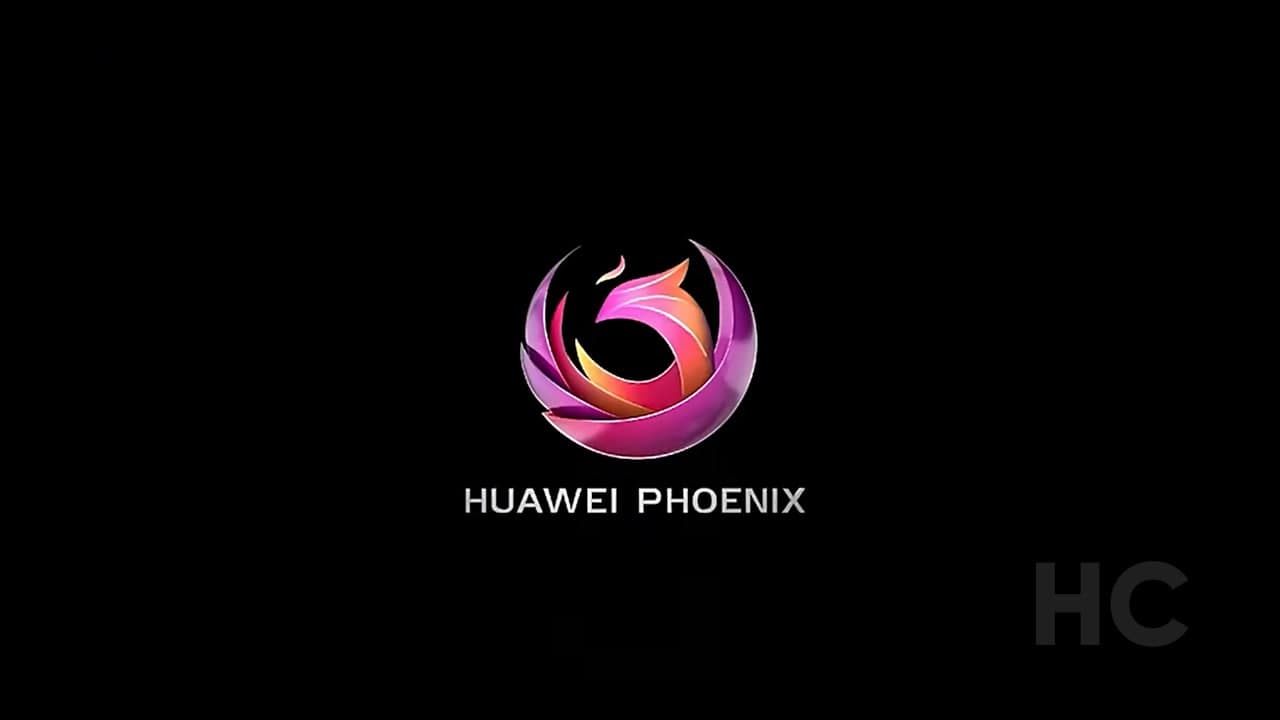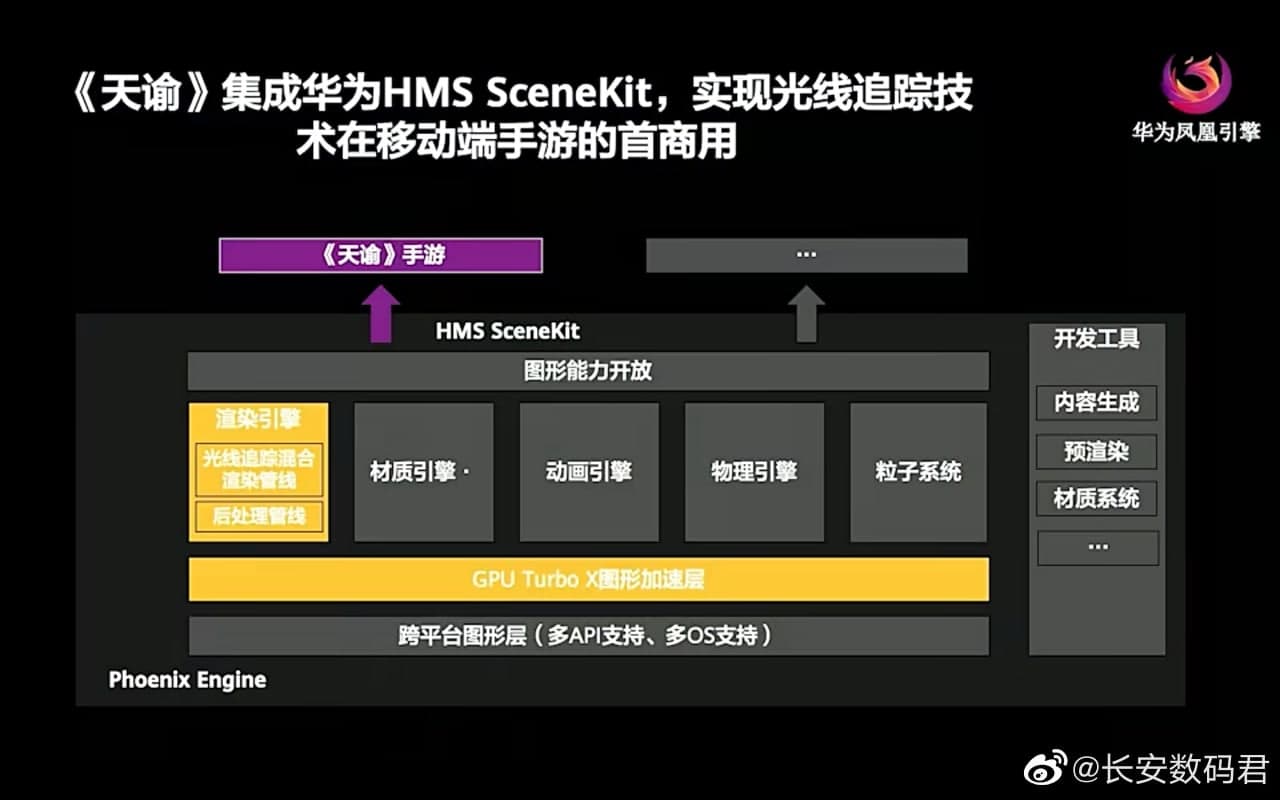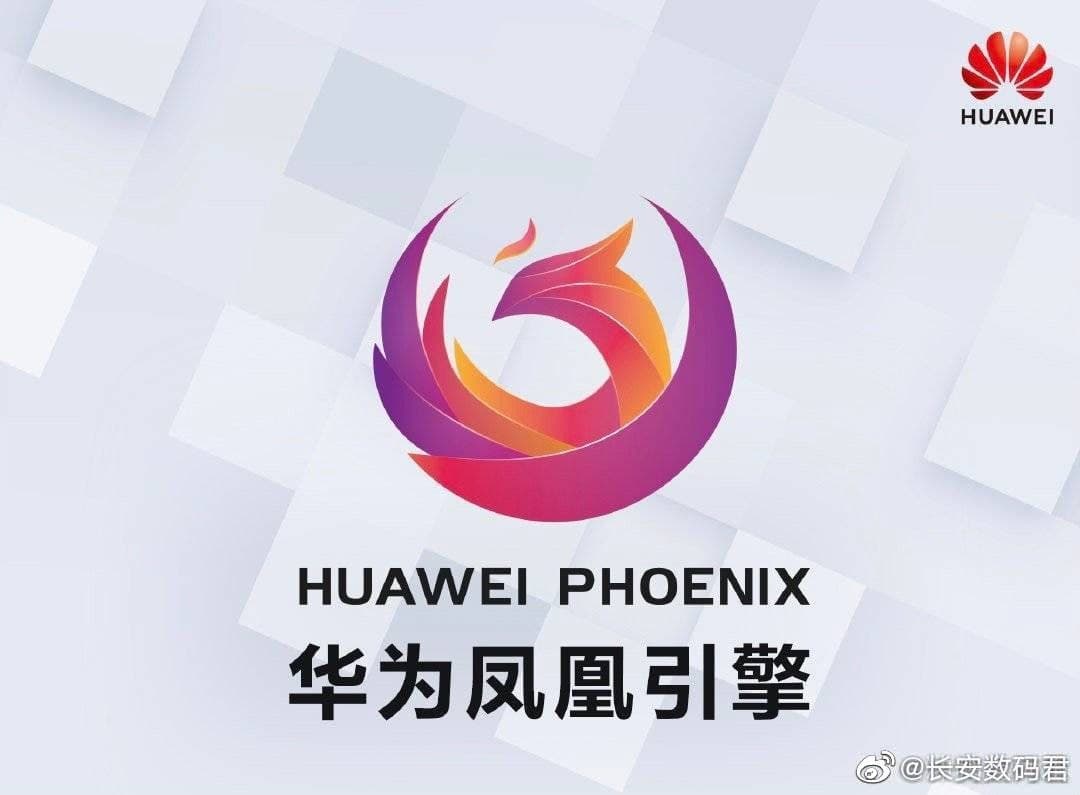Technology
Huawei Phoenix Engine: Experience next level of games graphics in smartphones

On January 23, Huawei made a number of new announcements for different smart products. In addition, Huawei also announced the commercial launch of its new ray tracing technology, the Huawei Phoenix Engine for smartphones.
The Huawei Phoenix Engine breaks the limits of traditional ray tracing and introduces a new computing power of ray technology on mobile platforms. This new tech builds core graphics capabilities in terms of image quality and energy consumption and available to integrate through Huawei HMS SceneKit.
The ray-tracing brings innovations in-game image quality, makes reflections of characters on irregular objects such as marbles, and moving objects. The weapons are move real and the detail of the materials are more rich, giving players an immersive experience.
To demonstrate the new ray tracing, Revelation mobile game has integrated the latest ray tracing technology of Huawei’s Phoenix engine, which is the first commercial use of ray tracing technology on the mobile platform.
What is Ray Tracing:
Ray tracing is a rendering technology that can produce very realistic lighting effects. Essentially, an algorithm can trace the path of light and then simulate the way that the light interacts with the virtual objects it hits in the computer-generated graphics.
Huawei Phoenix Engine:
Huawei Phoenix Engine is originated from GPU Turbo graphics acceleration technology and created by teh Fields Lab of Central Software institute of Huawei 2012 Lab.
According to the information, the Phoenix Engine has made a successful venture in ray tracing and super-resolution as well as sampling technology.
Huawei Phoenix Engine designed to share Huawei’s advanced graphics processing technology for game developers, application developers, and indie developers through Huawei Mobile Services (HMS) Core Scene Kit.
Partners can use Scene Kit’s ray tracing, PBR, animation, and other features to create unique and rich 3D scenes and bring users an immersive experience.
Currently, Phoneix Engine is working with industry partners including NetEase, Unit3D, Cocos, etc. to promote this technology integration and work with developers to bring more realistic and high-quality graphics.
Huawei Phoenix Engine also focuses on the core problems of ray tracing and aims to make technological breakthroughs in terms of faster rendering, better graphics quality, and ease to use.
The Huawei Phoenix Engine is a self-developed multi-layer BVH acceleration structure, multi-tree traversal algorithm, built an efficient and UnBias RT-Core algorithm base and realized the application of real-time ray tracing technology on the mobile through the hybrid rendering pipeline based on Huawei’s hardware capabilities.
The Phoenix Engine also has made significant achievements in sampling and noise reduction algorithms, giving full advantages for multiplexing, time-domain accumulation, and other algorithms reached the lead in convergence efficiency, signal to noise ratio, and other indicators, and strongly supported high-realistic rendering, fast preview and more.
The ray-tracing technology of Phoenix Engine can be used to create the real world in the games to achieve high-quality architectural rendering and cinematics and television renders to improve real-time preview as well as final imaging effects, to make the subject come alone and obtain eye-catching visual effects.










